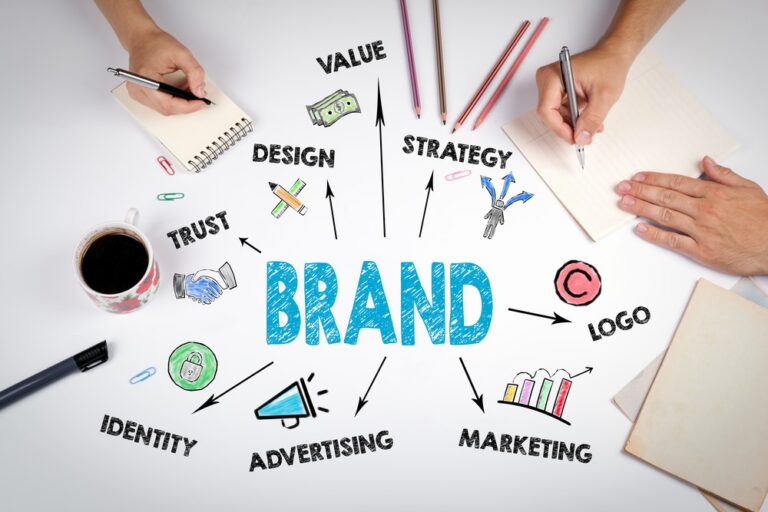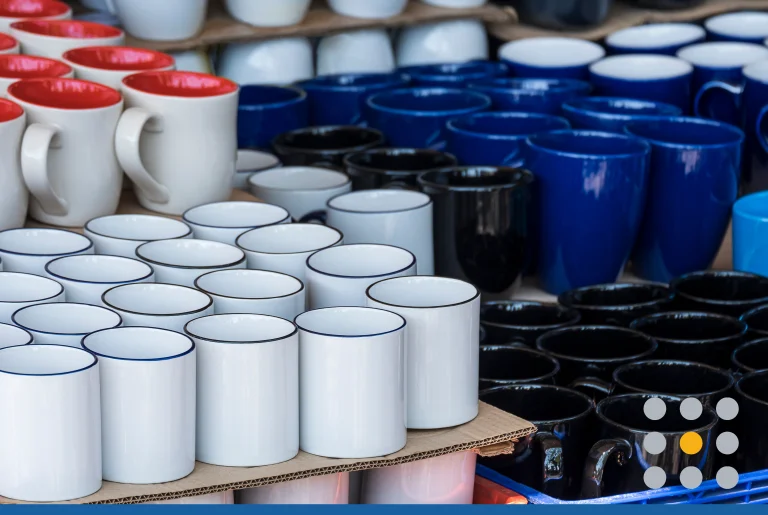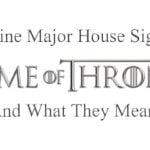Customer loyalty programs have their naysayers, but one thing is clear. Keeping an existing customer is less costly than attracting a new one.
Roughly 57 percent of consumers buy more from companies if they’re loyal to them. No doubt, one of your top priorities is to reach more people and grow your small business.
At the same time, don’t underestimate how crucial it is to invest more resources into people who consistently add to your bottom line.
If you’re on the hunt for new ways to get repeat business at low cost, try giving out rewards cards. Nearly 70 percent of consumers admit that loyalty programs influence which retailers they choose.
But if you aren’t careful about how you structure a rewards program, the profits might not justify the expense. Loyalty cards aren’t just about customer retention. You can use a loyalty program to gain insight into customer buying habits and find effective ways to get your money’s worth.
Take baby steps, and roll out loyalty card benefits in stages to yield the best results.
Why It’s Essential to Nurture Customer Relationships
What does customer loyalty really mean, and why do you need it? To answer this question, think about your personal experiences with one of your favorite small businesses.
Imagine the first time you visited this business. Did friendly staff welcome you when came inside or ask if you need help finding a product? Maybe the product or service was so memorable that you couldn’t wait to go back.
Early experiences with a business determine the level of service you expect in the future. If the company continues to deliver on its promises, you begin to trust that the business owner cares about your needs.
How did the business react the first time you reported a problem? Occasional errors and misunderstandings are normal, so most customers give business owners a chance to resolve issues.
In fact, stronger loyalty can grow when businesses go above and beyond to make sure a bad experience turns into a good one. On the other hand, businesses that dismiss a problem or blame the customer drive away unhappy patrons for good.
Customer loyalty is how a consumer measures the value of a business based on a history of positive experiences. With every interaction, customers form a stronger emotional attachment that makes them feel connected to the business or brand.
Loyal customers can help your business in two key ways. They routinely spend more and refer friends and family to your business.
An Accenture study showed that more than 50 percent of the most loyal customers actively recommend their favorite brands. Of that loyal group, 14 percent publicly endorse and defend businesses on social media.
Types of Loyalty Cards
Custom loyalty cards don’t have to be an overwhelming investment, and you can tailor them to your budget. Keep these options in mind as you develop a rewards program.
Loyalty Card Materials
- Paper: Simple paper cards are made of cardstock in a variety of weights and thicknesses. The end result is similar to a business card, allowing you to choose from matte and gloss finishes. You can print barcodes on loyalty cards or choose additional features, such as lamination to fit your program.
- Plastic: Depending on the amount of durability you need, plastic cards can be a thin layer of laminated material or multiple layers. Credit cards are a good example of thick, heavy-duty plastic cards, while the free discount cards you get from many stores use thinner layers. Plastic gives you the flexibility to add transparency to a card. It’s also the better option when you want customers to keep the same card indefinitely.
Rewards Model
Choosing the right rewards structure for your business will help you make better design choices. For example, if you plan to use cards that customers will throw away after a few uses, it doesn’t make sense to invest in plastic varieties. Here are some common rewards models to consider.
- Punch Card: A punch model allows customers to redeem a free item once they complete the required number of purchases to qualify. You can decide whether the free item is predetermined or the customer’s choice.
- Points System: A scoring model allows customers to earn points toward a free, discounted, or exclusive product or service. The amount of points a customer earns could be based on the size of the purchase, the number of purchases over a period of time, or purchases of specific qualifying products.
- Referral Program: Referral rewards often combine elements of punch card and points models. For instance, you can give loyal customers a referral card with a specific code to share when they send new business your way. Some programs award customers solely based on the number of referrals Others use points tiers to award customers more for sending high-value referrals that result in big purchases.
How to Boost Business With Loyalty Cards
To yield the full benefits of a customer loyalty program, offer rewards that satisfy the needs of your business and customers. Give away too little, and customers have no incentive to act on the offer. Give away too much, and the program will cut deep into your profits.
Understand the Costs
Find the right balance of consumer appeal and cost-efficiency. Let’s say you own a restaurant and give out punch cards that allow customers to get a free item once the card is complete.
Considering the cost of food and labor, you might think it’s too expensive to provide an entire meal for free. But a free dessert might fit into your budget while giving customers motivation to spend money on other food and drinks.
Measure Your Progress
Make sure you have a way to track the effectiveness of a loyalty program. Traditionally, many small businesses have created basic punch cards that don’t supply any valuable information about the customer.
Adding a simple numerical code or bar code on each card can help you determine whether a loyalty program is motivating your customers to increase how much and how often they spend. You can also use this information to figure out which perks are most appealing to your audience.
See the Value in Different Customer Segments
Not all loyal customers are big spenders, and some customers who make large purchases do so infrequently. Use tiers to reach different types of customers based on how they currently shop.
According to Invesp, 50 percent of customers change their buying behavior to reach a higher loyalty tier. A tiered system is easy to customize to your customers. You can structure the levels around referrals, shopping frequency, average purchase size, or a wealth of other factors.
People who spend small amounts may be happy with small discounts. At the higher tiers, customers who consistently make big purchases expect bigger perks. Limiting how much you invest in different types of customers helps you control costs and still maintain good relationships.
Managing Long-Term Relationships With Customers
Customer loyalty can change, and that’s both good and bad for business owners. Customers may abandon your business for reasons beyond your control or form negative opinions if you stop meeting their expectations.
At the same time, it’s possible to win back customers by listening to what people want and changing up your sales strategy. Don’t assume a loyalty program that was successful in the past is still the most effective option for your business today.
Pay attention to what your customers buy and don’t ignore recurring complaints and suggestions. Making small adjustments in your program can increase the value of your business in customer eyes. And that’s what customer loyalty is all about.
Repeats business cannot happen without new customers. Get your business in front of potential customers with a new website. Need help designing a site? Try our newest package that gives you access to our content writers and designers.







